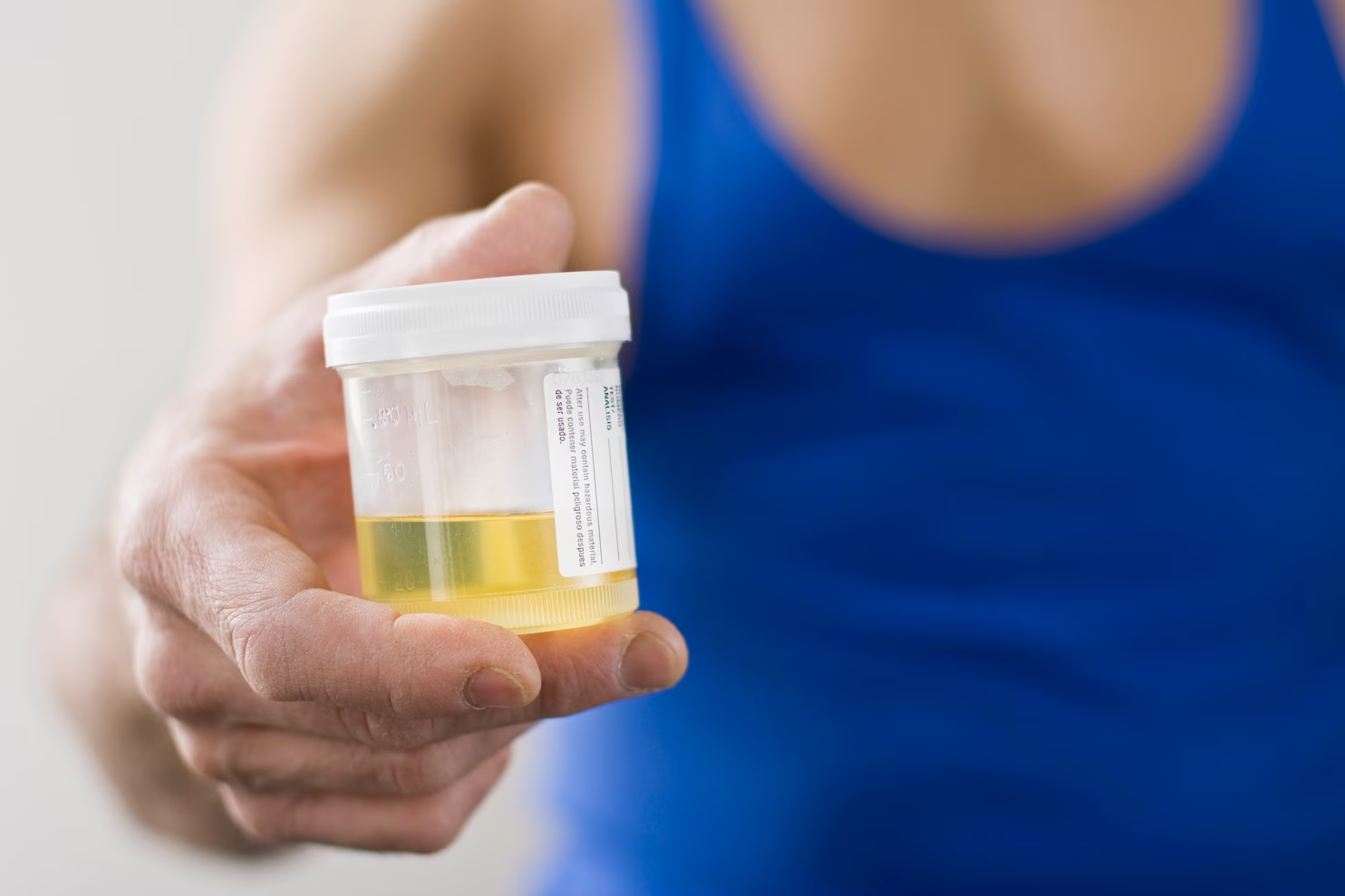

Articles
How To Store Pee
Modified: August 27, 2024
Learn effective strategies for storing pee with our informative articles.
(Many of the links in this article redirect to a specific reviewed product. Your purchase of these products through affiliate links helps to generate commission for Storables.com, at no extra cost. Learn more)
Introduction
Welcome to the world of pee storage! While it might not be your typical conversation topic, understanding how to properly store urine can actually be quite useful. Whether you’re storing pee for medical tests or practical uses, having the right knowledge and tools is key to maintaining the integrity and accuracy of the sample.
Proper urine storage is crucial in various scenarios, including medical testing, research, or even just for personal experimentation. It ensures that the urine sample remains uncontaminated and preserves its chemical composition for accurate analysis. Additionally, understanding the best practices for urine storage can help minimize any potential health risks associated with handling biological samples.
In this article, we’ll explore the importance of proper urine storage and provide you with a step-by-step guide on how to store pee effectively. Whether you’re a medical professional, a curious individual conducting an experiment, or simply someone in need of storing urine for practical purposes, this article has got you covered.
Key Takeaways:
- Proper urine storage is crucial for maintaining sample integrity, ensuring accurate test results, and preventing contamination. Choosing the right container and following preparation steps are essential for maintaining the integrity of the sample.
- Whether for medical tests or practical uses, storing pee requires careful consideration of container choice, preparation, and safety measures. Following proper procedures ensures reliability and accuracy while minimizing potential risks.
Read more: How To Store Clean Pee
Importance of Proper Urine Storage
The importance of proper urine storage cannot be overstated, particularly in medical and diagnostic settings. When urine samples are collected for various tests, the integrity and accuracy of the sample need to be maintained to ensure reliable results. Here are some key reasons why proper urine storage is essential:
- Preserves Sample Integrity: Proper urine storage helps preserve the chemical composition and characteristics of the sample. This ensures that the sample remains as close to its original state as possible, allowing for accurate analysis and diagnosis. Any external factors or contaminants can affect the integrity of the urine sample and lead to incorrect results.
- Ensures Accuracy of Test Results: Medical tests, such as urinalysis, rely on precise measurements and analysis of urine components. If a urine sample is not stored properly, the composition of the sample can change over time, potentially altering the test results. By following proper storage protocols, you can minimize the risk of inaccurate or misleading test results.
- Facilitates Research and Clinical Studies: For researchers and scientists, proper urine storage is vital for conducting various studies related to diseases, drug testing, and metabolism. Storing urine samples in the correct conditions ensures that the samples maintain their integrity and consistency, allowing for reliable data collection and analysis.
- Enables Comparison Over Time: In certain medical conditions, healthcare professionals may require multiple urine samples from a patient over a period of time to monitor changes in their health. Proper storage of urine samples allows for consistent comparison and tracking of any variations or trends, aiding in disease management and treatment evaluation.
- Prevents Contamination: Urine samples that are not stored properly can be prone to bacterial growth or other forms of contamination. This can lead to inaccurate results and potential health risks when the sample is used for diagnostic purposes. By following proper storage protocols, the risk of contamination is greatly minimized.
Overall, proper urine storage is crucial for maintaining sample integrity, ensuring accurate test results, facilitating research studies, enabling comparison over time, and preventing contamination. By understanding and implementing the correct storage methods, you can ensure the reliability and validity of urine samples for various purposes.
Choosing a Container
When it comes to storing urine, selecting the right container is essential to maintain the integrity of the sample. Here are some important factors to consider when choosing a container for storing pee:
- Material: The container should be made of a durable and non-reactive material to prevent any chemical interactions or leaching into the urine sample. Preferred materials include glass or high-quality plastic containers that are specifically designed for storing biological samples. Avoid using containers made of materials like metal or poor-quality plastic, as they may contaminate the sample.
- Closure: Ensure that the container has a secure and leakproof closure to prevent any spillage or contamination during storage and transportation. Look for containers with a tightly sealing lid or cap, preferably with a rubber gasket or seal to provide an airtight and watertight closure.
- Size: Consider the volume of urine you need to store and choose a container that is large enough to accommodate the required amount, leaving some headspace for expansion if necessary. It’s generally recommended to use containers with a capacity of at least 100-200 mL to ensure an adequate sample volume for testing purposes.
- Transparency: Opt for a transparent container that allows you to visually inspect the urine sample without the need to open the container. Clear containers make it easier to monitor the color, clarity, and presence of any abnormalities in the urine sample.
- Labeling: Ensure that the container has a designated space for labeling information such as the date, time of collection, and any relevant patient or test identification details. Proper labeling helps to track and identify the sample accurately, avoiding any confusion or mix-ups.
It’s worth noting that some testing facilities or healthcare providers may provide specific containers or kits for collecting and storing urine samples. In such cases, it is advisable to follow their guidelines and use the containers provided to ensure compatibility with their testing processes.
Remember to thoroughly clean and sanitize any reusable containers before use to eliminate any residue or potential contamination. It is also recommended to use single-use disposable containers for certain medical tests to ensure the highest level of sample integrity and minimize the risk of cross-contamination.
By carefully considering the material, closure, size, transparency, and labeling of the container, you can choose the most suitable vessel for storing your precious pee samples. These considerations will help preserve the integrity of the sample and ensure accurate test results, whether you are conducting personal experiments or submitting urine samples for medical testing.
Preparing the Container
Before you store urine in the chosen container, it’s crucial to properly prepare the container to ensure the integrity and cleanliness of the sample. Follow these steps to prepare the container for storing pee:
- Cleanliness: Thoroughly clean the container with warm water and mild detergent, rinsing it thoroughly afterward. Avoid using any harsh cleaning agents or chemicals that could leave residues or contaminate the container. It’s best to use containers that are dedicated solely for urine sample storage to minimize the risk of cross-contamination.
- Drying: After cleaning, allow the container to air dry completely. Avoid using towels or paper products to dry the container, as they may leave behind fibers or lint that can contaminate the sample.
- Avoid Touching the Inside: When handling the container, avoid touching the inside or the rim where the sample will be collected. This helps prevent any introduction of external contaminants into the container that could affect the integrity of the urine sample.
- Avoid Direct Sunlight: Store the container in a cool and dry place away from direct sunlight. Exposure to sunlight over an extended period can break down certain components in the urine and affect the accuracy of test results.
- Seal the Lid Properly: Ensure that the container lid or cap is securely fastened after preparing the container. A tightly sealed closure prevents leakage, contamination, and evaporation of the urine sample.
- Label the Container: Use a permanent marker or label provided with the container to clearly mark essential information such as the date and time of collection. This labeling ensures proper identification of the sample and prevents any confusion during storage or when delivering the sample for testing.
It’s worth mentioning that some situations may require additional preparations or specific guidelines for urine storage. For example, if you’re storing urine for drug testing, you may need to follow specific chain of custody procedures to maintain the sample’s integrity and ensure legal compliance.
By taking the necessary steps to clean, dry, and properly seal the container, you can ensure that the urine will be stored in an optimal condition, maintaining its integrity and allowing for accurate analysis. Following these guidelines will help safeguard the reliability of the stored urine sample, whether it’s for personal use or for medical testing purposes.
Store pee in a clean, airtight container in the refrigerator if it needs to be kept for testing or analysis. Make sure to label the container with the date and time it was collected.
Storing Pee for Medical Tests
When it comes to storing urine for medical tests, following proper procedures is crucial to maintain the integrity and accuracy of the sample. Here are some important steps to consider when storing pee for medical tests:
- Collect a Fresh Sample: It’s essential to collect a clean, uncontaminated urine sample for medical testing. Follow the specific instructions provided by your healthcare provider or testing facility to ensure accurate results. Typically, the first-morning urine sample is preferred for diagnostic testing as it tends to be more concentrated and provides a better representation of your body’s metabolic functions.
- Transfer the Sample: Use a clean and properly prepared container to transfer the urine sample immediately after collection. Ensure that the sample is securely sealed to prevent any leakage or contamination during transportation.
- Preserve the Sample Temperature: Certain medical tests, such as urinalysis, may require the urine sample to be preserved at a specific temperature range. Follow the instructions provided by the testing facility to ensure the sample is stored at the correct temperature during storage and transportation. This may involve using ice packs or temperature-controlled storage containers, depending on the specific requirements.
- Timely Delivery: Once the urine sample is properly stored and sealed, it’s important to deliver it to the testing facility within the recommended timeframe. Delayed delivery may compromise the accuracy of the results, as certain components in the urine can degrade over time.
- Follow Storage Duration: Different medical tests may have specific storage duration requirements. Some tests may need immediate analysis, while others may allow for longer storage periods before testing. It’s crucial to follow the instructions provided by the testing facility or healthcare provider regarding the duration for which the sample can be stored without affecting the integrity of the results.
- Avoid Freezing: In most cases, freezing urine samples for medical tests is not recommended. Freezing can cause cellular and chemical changes in the urine, potentially affecting the accuracy of the test results. It’s best to store the sample at the recommended temperature range without subjecting it to extreme cold conditions.
It’s important to note that different medical tests may have specific requirements or variations in urine storage protocols. Always consult with your healthcare provider or testing facility for any specific instructions or recommendations regarding urine sample storage for the particular medical test you are undergoing.
By following these guidelines for storing pee for medical tests, you can help ensure the accuracy and reliability of the test results. Proper storage and timely delivery of the urine sample play a critical role in obtaining accurate diagnostic information, aiding in effective treatment and management of various medical conditions.
Read more: How To Store Pee For A Drug Test
Storing Pee for Practical Uses
While it may seem unconventional, there are practical scenarios where storing pee can be useful. Whether you’re using it for composting, gardening, or even creating natural dyes, here are some guidelines for storing pee for practical purposes:
- Collect Fresh Urine: Start by collecting fresh urine for practical use. Ensure that the urine is free from any contaminants, such as soap or cleaning agents, as these can affect the desired outcome.
- Choose a Suitable Storage Container: Select a container that is chemically resistant and can handle the pH levels of urine. Consider using a glass jar or a thick plastic container with a secure lid to prevent any leaks or spills.
- Label the Container: Clearly label the container with the date of collection to keep track of the age of the urine. This is especially important for processes that require aging or fermentation.
- Store in a Cool and Dark Place: To prevent the growth of bacteria and maintain the quality of the urine, store it in a cool and dark place. Direct sunlight can break down certain components in the urine, reducing its effectiveness for practical uses.
- Avoid Long-Term Storage: Pee that is stored for too long can undergo chemical changes that may diminish its usefulness. It’s best to use the stored urine within a reasonable timeframe, and if not needed immediately, consider utilizing it for composting or gardening purposes relatively soon.
- Use Specific Storage Techniques: Depending on the intended use, you may need to apply specific storage techniques. For example, if you plan to use urine as a natural fertilizer, dilute it with water at a ratio of around 8 parts water to 1 part urine to avoid burning the plants.
- Consult Reliable Sources: If you’re unsure about the practical use of stored urine, consult reliable sources, such as gardening experts or DIY enthusiasts who have experience in utilizing urine for specific purposes. They can provide guidance on the best storage methods and application techniques.
Before using stored urine for any practical purpose, it’s crucial to consider safety precautions and any legal regulations that may apply in your area. Ensure that the urine is used in a responsible and appropriate manner, following any guidelines or requirements related to its application.
Remember that while urine can be a valuable resource for certain practical uses, it’s important to use it mindfully and responsibly, taking into account any potential environmental or health considerations.
By following these tips and guidelines for storing pee for practical purposes, you can make the most of this unexpected resource and explore various eco-friendly and sustainable practices.
Safety Precautions
While storing urine may seem like a simple process, it’s important to take certain safety precautions to ensure the well-being of yourself and others. Here are some key safety measures to keep in mind when storing pee:
- Proper Labeling: Ensure that all containers used for storing urine are properly labeled with the necessary information, including the date of collection and any relevant identification details. Clear and accurate labeling helps prevent any confusion or mix-ups, especially in healthcare or testing settings.
- Hygiene and Sanitization: Maintain strict hygiene standards when handling urine samples. Wash your hands thoroughly before and after collecting or storing urine to prevent the spread of bacteria or other contaminants.
- Safe Storage and Transportation: Store urine containers in a designated area away from food or areas where they can inadvertently be opened or spilled. Be cautious when transporting urine samples and ensure they are securely sealed to avoid any leakage or contamination.
- Disposal of Unused Urine: If you have leftover or unused urine samples, dispose of them in a safe and responsible manner. Avoid pouring urine directly into drains or bodies of water, as it may contribute to environmental pollution. Instead, follow local regulations for the proper disposal of biomedical waste or consult with healthcare providers or waste management authorities for guidance.
- Medical Waste Considerations: If you are storing urine for medical testing or purposes, be aware of any specific regulations or guidelines related to medical waste handling and disposal. Follow the proper procedures and protocols provided by the testing facility or healthcare provider to ensure compliance and minimize any potential health risks.
- Protective Measures: If you are handling urine samples that may be potentially infectious or hazardous, such as in a healthcare or research setting, follow appropriate personal protective measures. This may include wearing gloves, lab coats, or other protective equipment to prevent exposure to bodily fluids.
- Legal Considerations: Be mindful of any legal regulations or restrictions related to the use, storage, or transport of urine samples. Different jurisdictions may have specific laws or guidelines in place, particularly when it comes to medical testing or the handling of biological samples.
It’s important to note that the safety precautions may vary depending on the specific context in which you are storing urine. Always follow the guidelines and recommendations provided by healthcare professionals, testing facilities, or regulatory bodies to ensure the highest level of safety and compliance.
By ensuring proper labeling, practicing good hygiene, using safe storage and transportation methods, following disposal regulations, and considering legal and protective measures, you can store and handle urine samples in a safe and responsible manner.
Conclusion
In conclusion, understanding the proper storage of urine is important for various reasons. Whether you’re storing pee for medical tests or practical uses, following the right procedures ensures the integrity and accuracy of the sample while minimizing any potential risks.
Proper urine storage is crucial in medical and diagnostic settings, as it helps preserve the sample’s chemical composition, ensures accurate test results, and facilitates research and clinical studies. It also enables comparison over time and prevents contamination that could lead to misleading results or health risks.
When choosing a container for urine storage, it’s important to consider the material, closure, size, transparency, and labeling. These factors ensure that the container maintains the integrity of the sample and allows for easy identification and tracking.
Preparing the container by cleaning, drying, and avoiding direct sunlight is essential to maintain the sample’s integrity and cleanliness. For medical tests, storing urine at the correct temperature and delivering it within the recommended timeframe is crucial for accurate results.
Storing pee for practical purposes requires following guidelines specific to each application, such as composting or gardening. It’s important to store urine in suitable containers, label them, and use the stored urine within a reasonable timeframe to ensure optimum effectiveness.
Throughout the entire process of urine storage, it’s important to take safety precautions. Proper labeling, hygiene, safe storage and transportation methods, and adherence to disposal regulations are essential to ensure the well-being of individuals and minimize any potential risks associated with handling urine samples.
By understanding and implementing the best practices for urine storage, you can ensure the reliability and accuracy of urine samples for various purposes, whether it’s for medical testing, research, or practical applications. Take the necessary steps and follow the guidelines provided by healthcare professionals and testing facilities to make the most of this valuable resource.
Frequently Asked Questions about How To Store Pee
Was this page helpful?
At Storables.com, we guarantee accurate and reliable information. Our content, validated by Expert Board Contributors, is crafted following stringent Editorial Policies. We're committed to providing you with well-researched, expert-backed insights for all your informational needs.
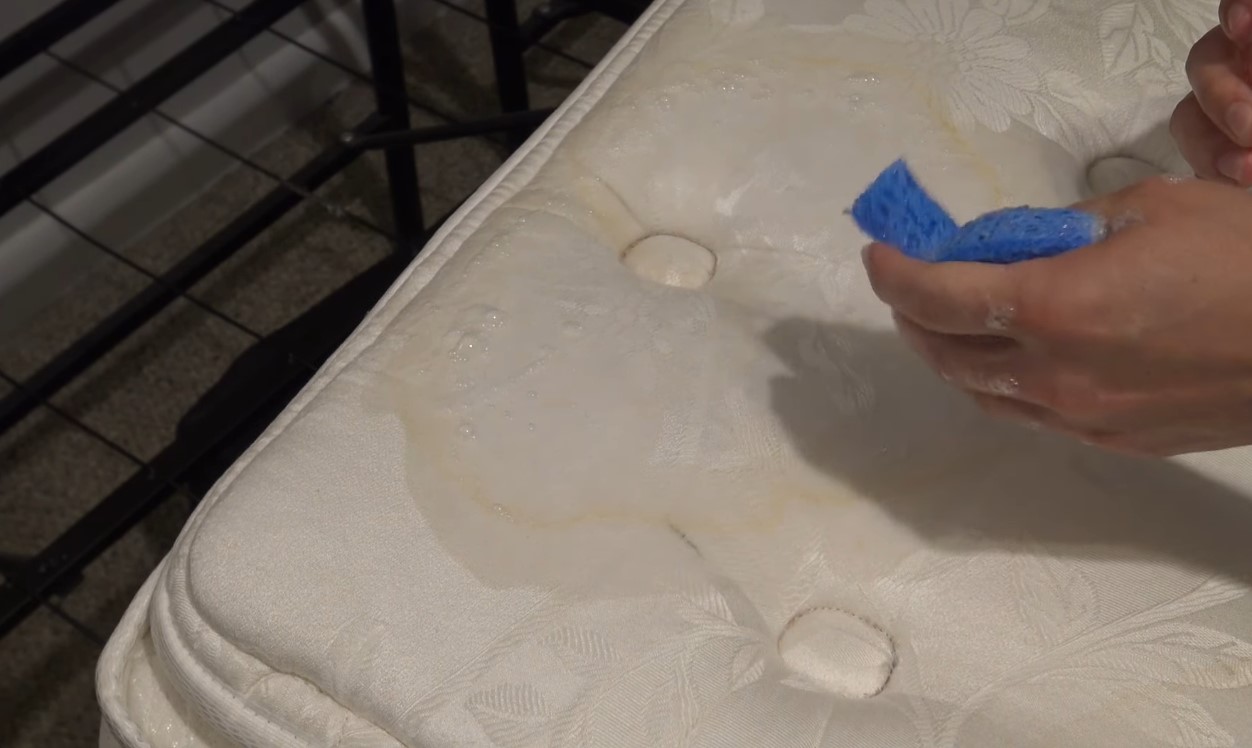
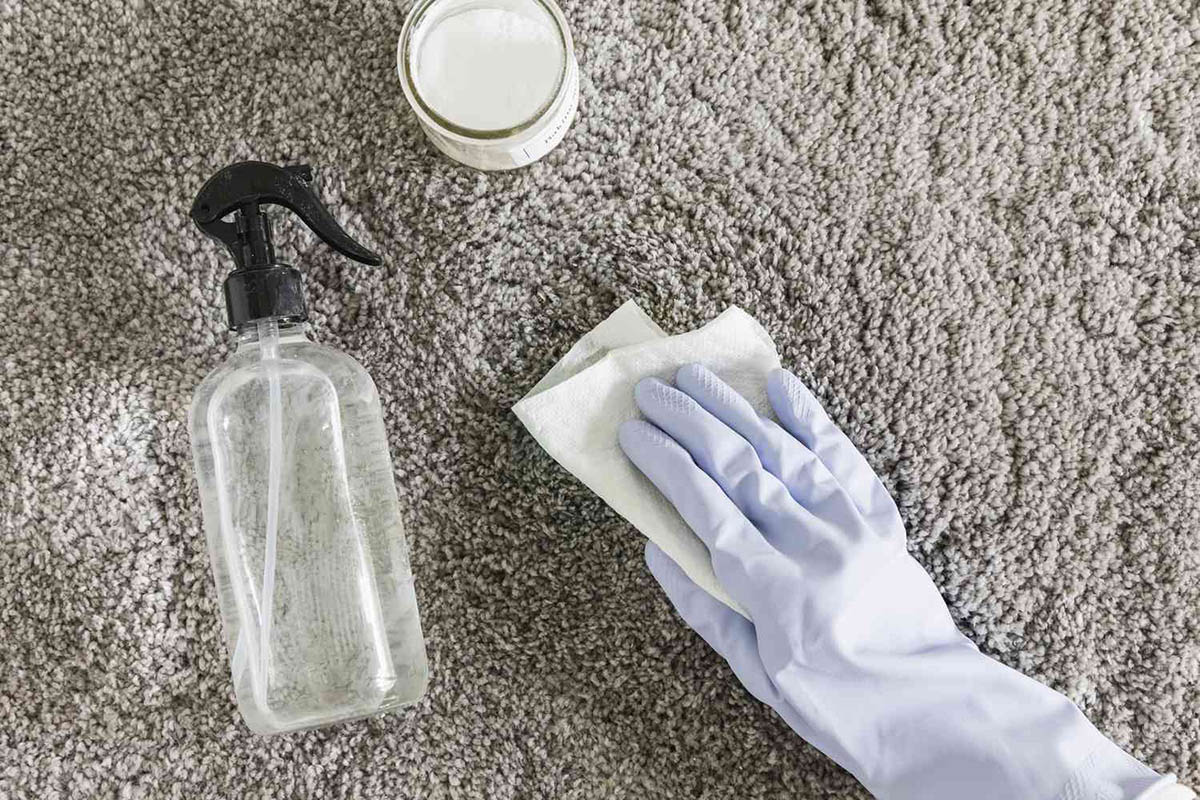

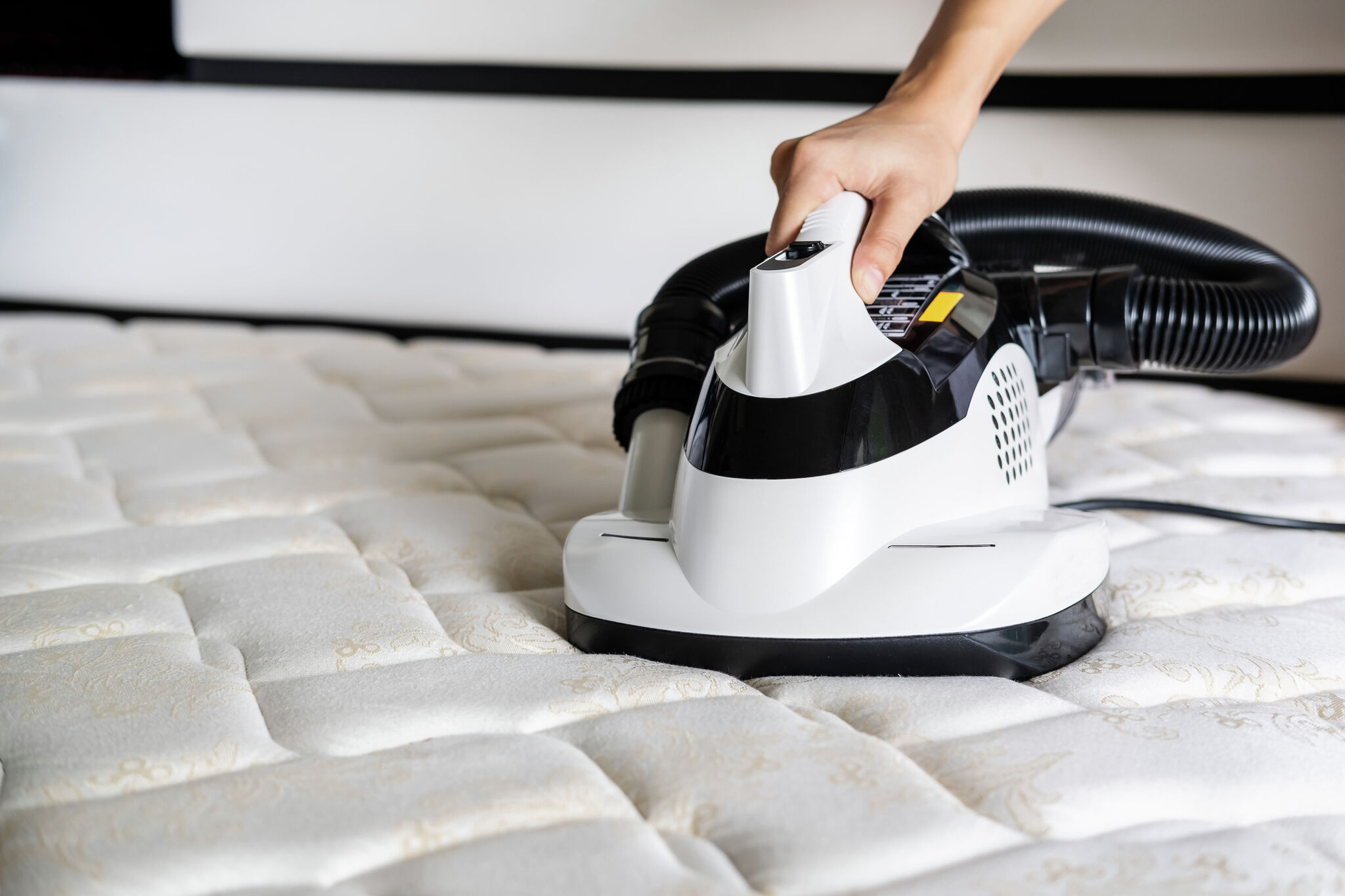




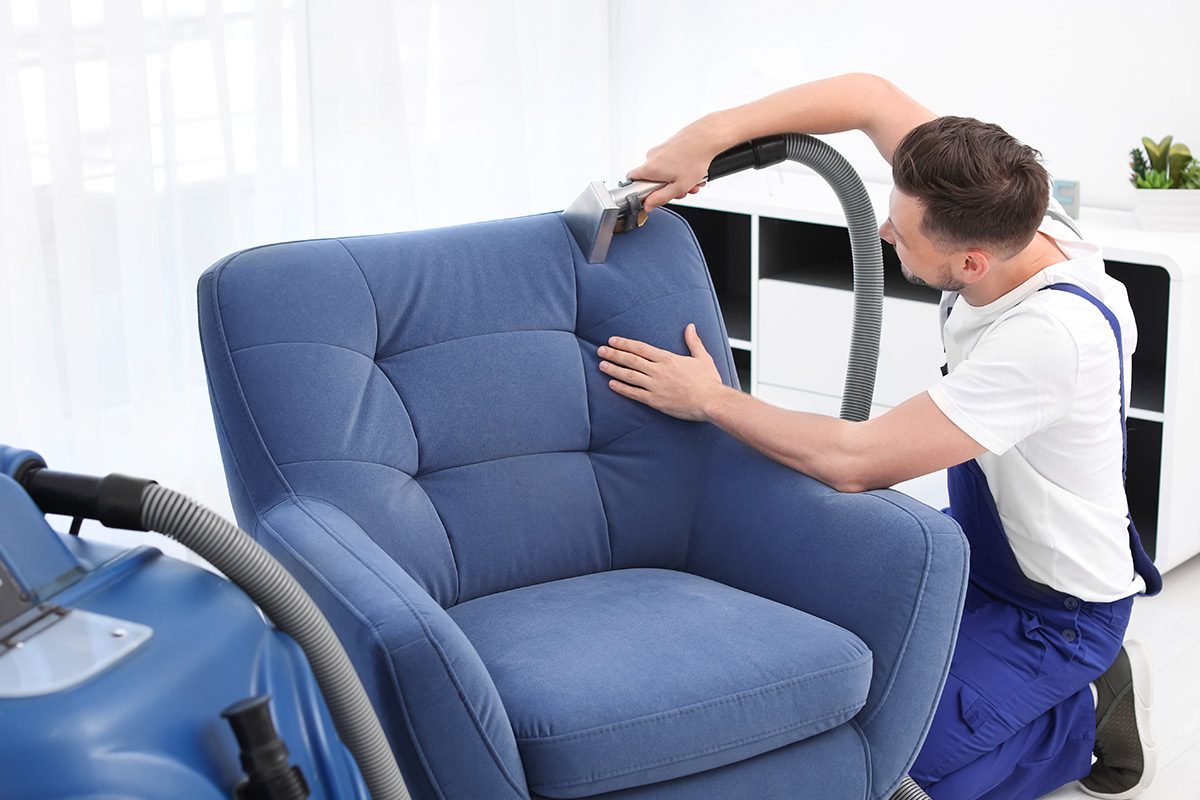






0 thoughts on “How To Store Pee”